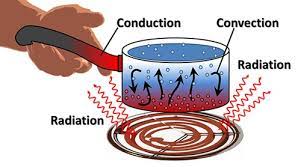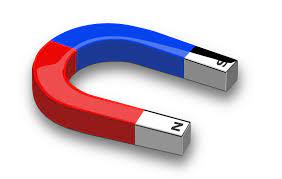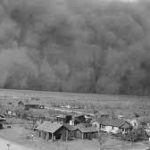Distance:

- Distance is how far one thing is from another thing.
- It can be measured as lines or circles, or up or down.
- Someone who goes around in a circle has traveled a distance, even though his position has not changed
Force

- Whenever there is an interaction between two objects, there is a force upon each of the objects.
- They could pull on one another (The sun pulls on earth. Earth pulls on the moon), or push on one another (mug on a counter – the mug pushes on the countertop and the countertop pushes in the opposite direction). When the interaction stops, the two objects no longer experience the force.
- Forces only exist as a result of an interaction.
Convection

- Convection is how hot air rises above and cool air replaces it.
- It also happens in the ocean when hot water rises above cold water.
- Convection causes the weather, like wind or rain or storms.
Cohesion

- Cohesion is when two alike molecules stick together.
- Water molecules stick together (a pin can float on the surface of water), move together (on a rope), and pile upon one another (on a coin).
Energy

- Energy is the ability to do work.
- Energy is never really destroyed. It is just transferred from one form to another, doing work in the process.
- Energy could take the form of movement (kinetic energy).
- Chemical (like digesting food and turning it into power to help us breathe, move, and think).
- Energy could take the form of heat (Thermal energy).
- The sun gives us light and heat (Light energy and Thermal energy).
- When air moves through an object it vibrates (Sound energy).
Gravity

- Gravity is a force of attraction that pulls together all matter (anything you can physically touch).
- The more matter something has, the greater the force of its gravity. (more matter means more atoms and more atoms mean more mass).
- That means really big objects like planets and stars have a stronger gravitational pull.
Magnetism

- A lodestone is a naturally magnetized piece of the mineral magnetite.
- They are naturally occurring magnets, which can attract iron.
- A magnet is a metal which attracts or repels other materials.
- A magnet is made from magnetic materials such as iron, nickel, steel or cobalt.
Friction

- Friction is a force, the resistance of motion when one object rubs against another.
- Whenever two objects rub against each other, they cause friction.
- Friction causes an object’s movement to be slower.
Sound

- A sound is anything that can be heard. Music, the barking of a dog, and the voice of a friend are all sounds.
- Sound is created by the vibration of atoms (when atoms vibrate they move back and forth or up and down).
- Sound travels in waves and can move through solids (wood), liquids (water), or gases (air).
- Atoms in solids are so close together (very dense) – sound moves from one atom to the other very fast.
- Atoms in liquids are less dense than solids – sound travels slower in liquids than in solids.
- Atoms in gases and so random and crazy – sound gets lost in open spaces.
- There is no air in space and this is why there is no sound in space, since sound needs air.







